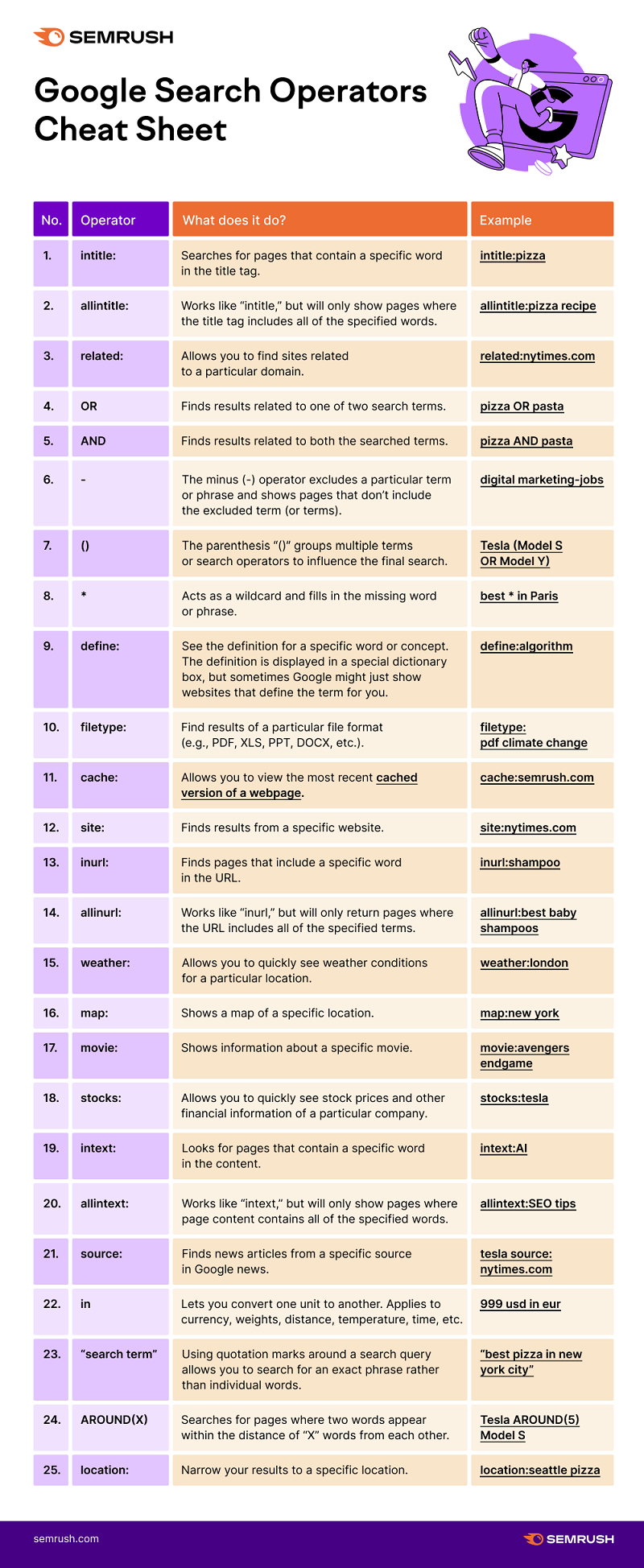Is your website failing to generate the results you hoped for? Want to learn the most common website design mistakes small businesses make?
The team from Studio1Design shares its website mistakes to avoid in this infographic.
Here are a few that make their list:
- Outdated look and feel
- Not leading with value first
- No lead magnet
- No marketing funnel
- Not displaying enough social proof
Check out the infographic for more.












